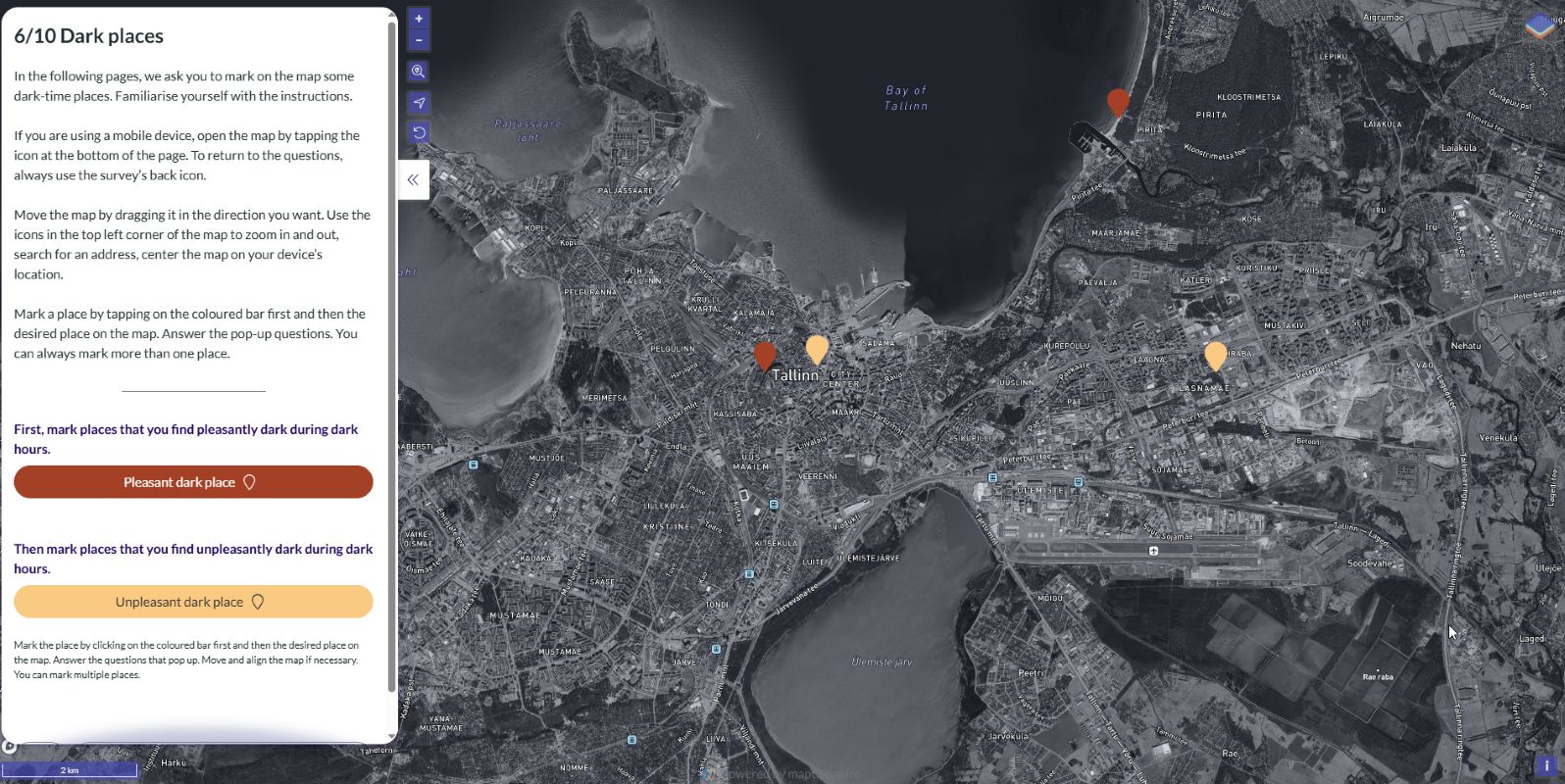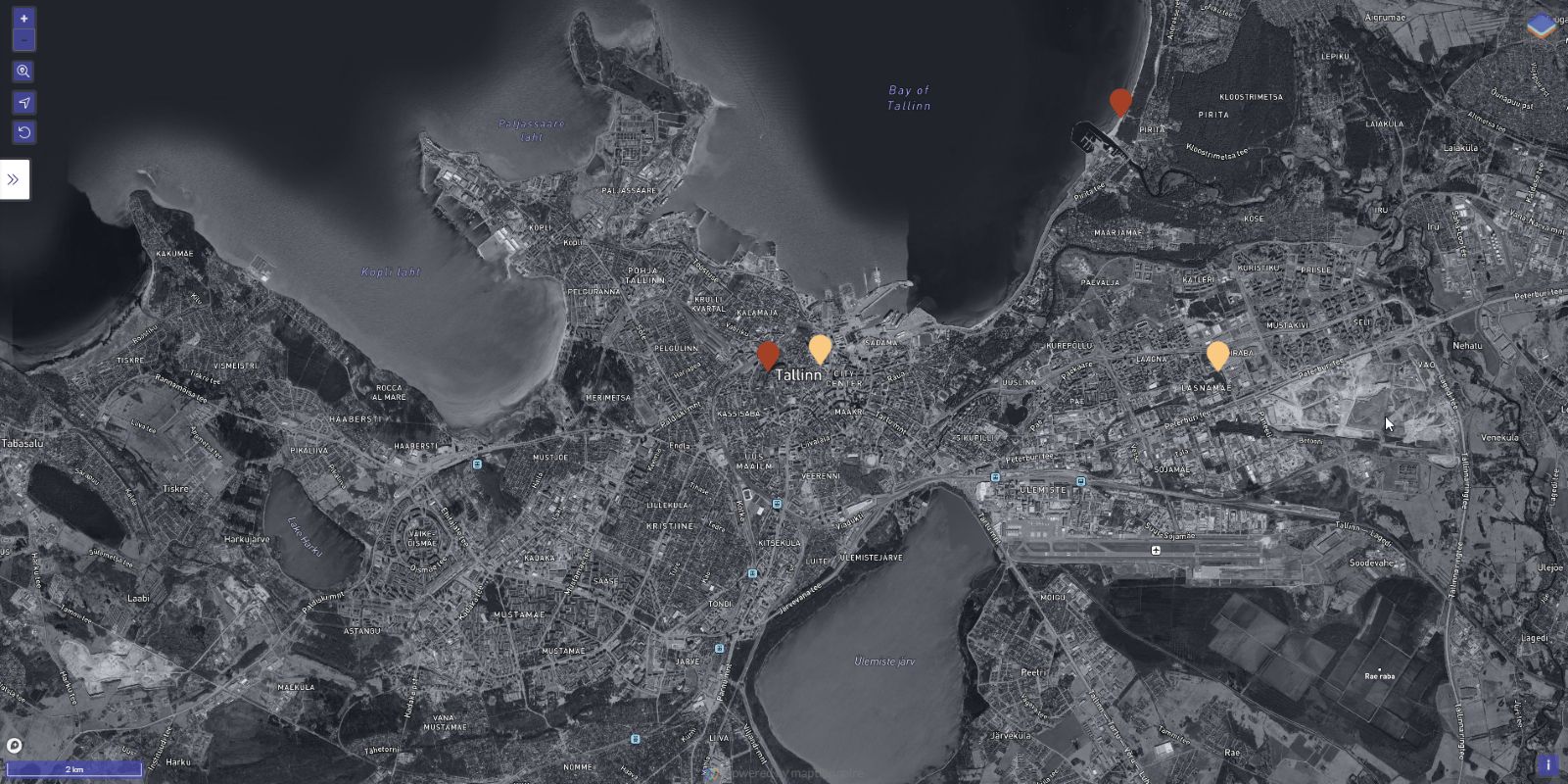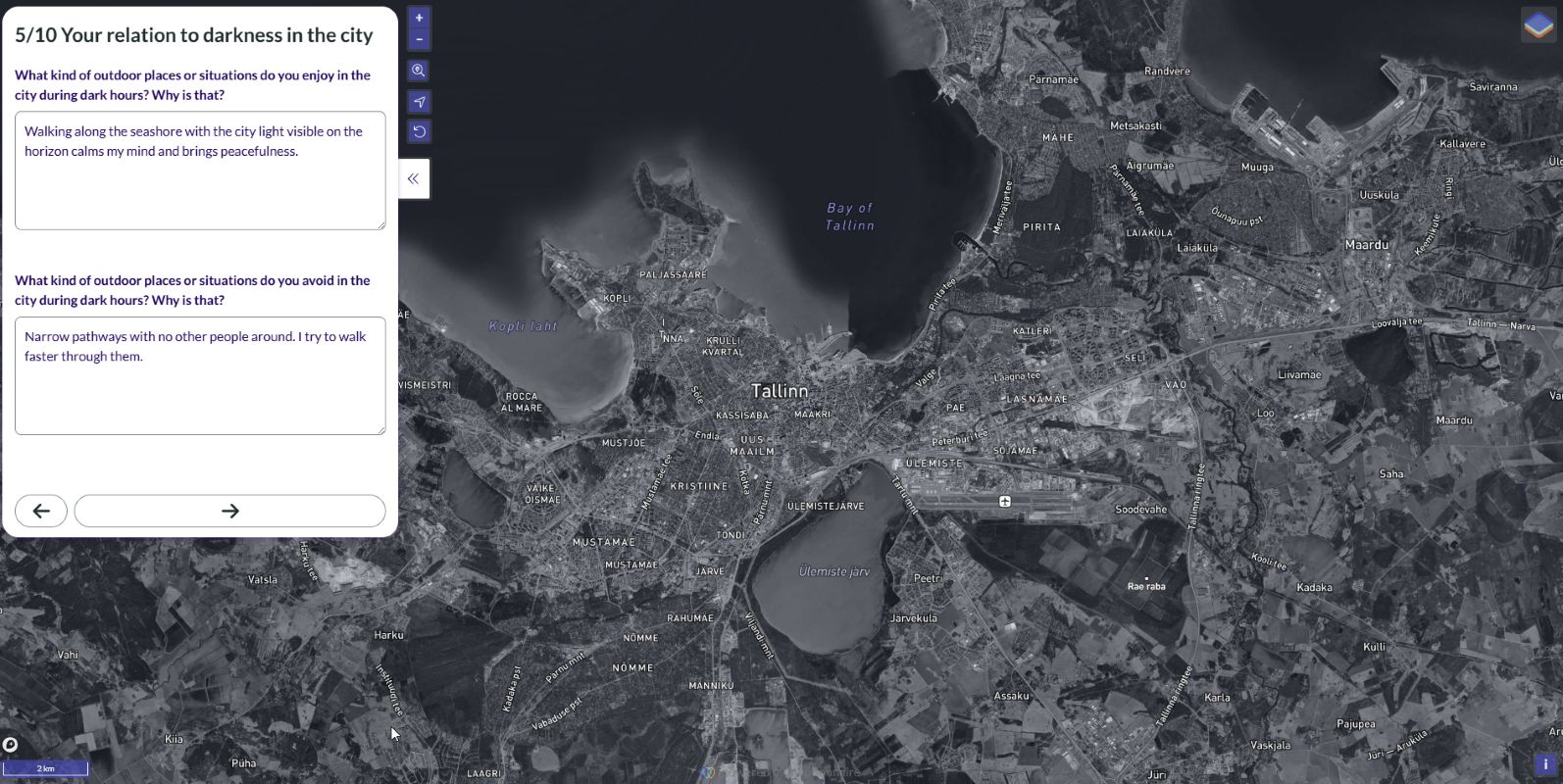When night falls, cities transform. Streets, squares, and heritage sites take on a new atmosphere, shaped not only by streetlights and illumination but also by darkness. How we experience these places after dark influences our sense of comfort, belonging, and creativity.
The Art of Darkness project is dedicated to exploring these dimensions of the urban night. To do this, we are launching two surveys in our pilot site cities: Bologna, Copenhagen, Montpellier, Oulu and Tallinn.
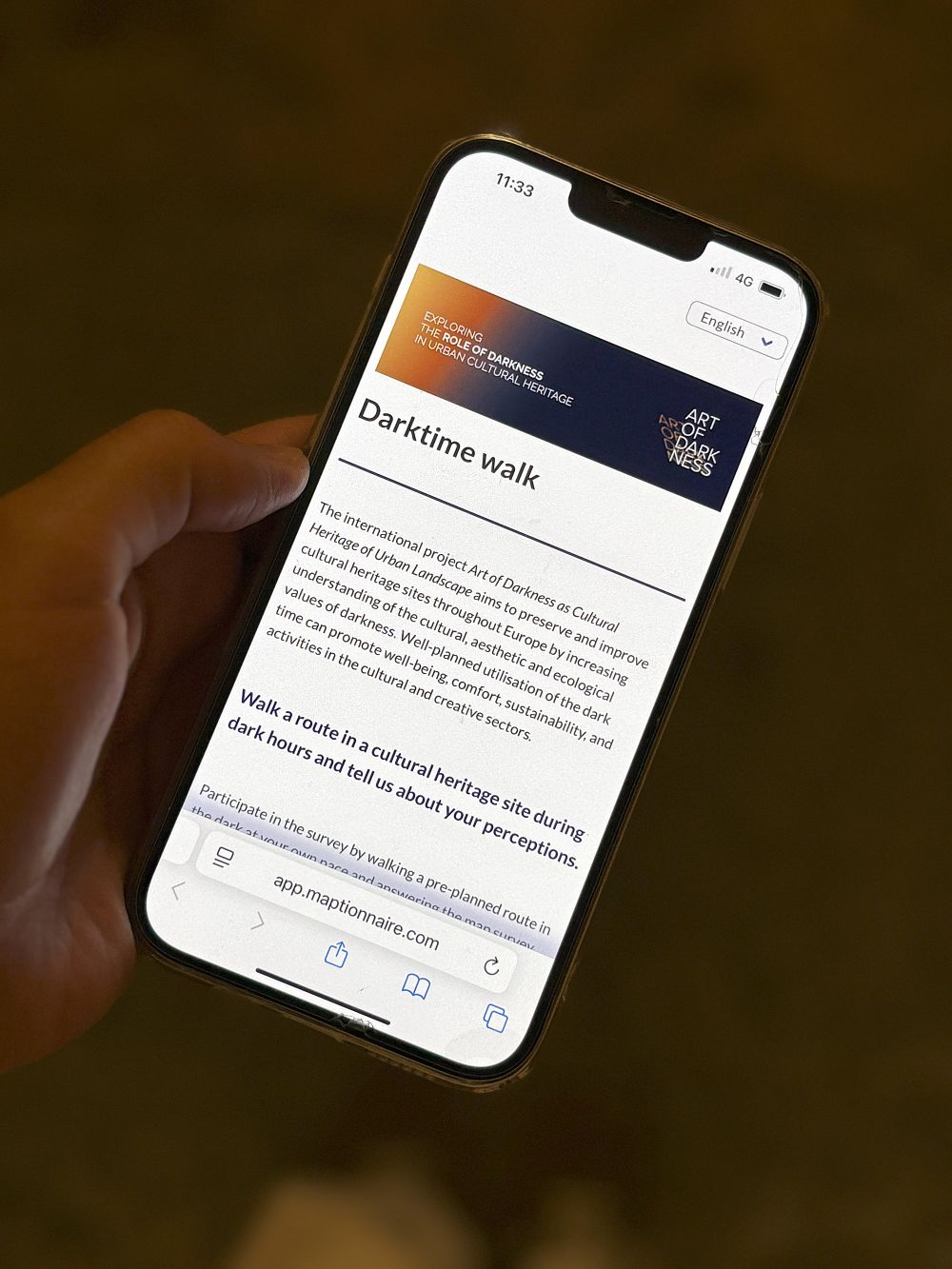
Both residents and visitors from the 5 cities are warmly invited to take part and share their experiences. Your input will help us understand the role of darkness in urban life – particularly in cultural heritage sites – and guide the creation of more inclusive, sustainable, and meaningful nightscapes.
The two surveys are anonymous and take about 20–30 minutes to complete. You can participate from 15 September 2025!
Why your voice matters
Darkness is a shared experience, yet it is perceived in many ways. Cities are complex places, where various needs and preferences sometimes compete – from safety and comfort to ecology and cultural heritage. Listening to these perspectives is key to shaping meaningful night-time environments.
The surveys will offer new insights into how people experience dark hours. What is particularly exciting now is the opportunity to compare very different European cities, to see what connects them and what makes each unique.
The knowledge gained will support new approaches to urban lighting that enhance quality of life, preserve cultural heritage, and strengthen the identity of European cities after dark.
Citywide survey: Darkness in urban everyday life
The first survey invites you to reflect on your experiences of urban places after dark. Which spots feel pleasant and inviting? Which ones feel less so – and why?
By gathering these impressions, we aim to better understand local attitudes towards darkness. The results will provide valuable guidance for designing lighting strategies that respect both people’s well-being and the identity of the city.
Walking survey: experiencing heritage sites after dark
The second survey focuses on cultural heritage sites. Participants are invited to take a short evening walk (about 0.5 km) along a predefined route and to share their impressions directly on an interactive map via mobile phone.
This survey highlights how darkness shapes the perception of historically significant places. Your input helps us rethink how heritage sites are lit – revealing their meaning through more inclusive, beautiful, and sustainable night-time atmospheres.
Mapping the night
In both surveys, participants work directly with a map of the city.
This geographic information approach allows us to collect not only impressions, but also a spatial understanding of how people experience dark-time environments.
We will be able to identify places that deserve more attention – whether they are valued and loved, or problematic and in need of improvement.
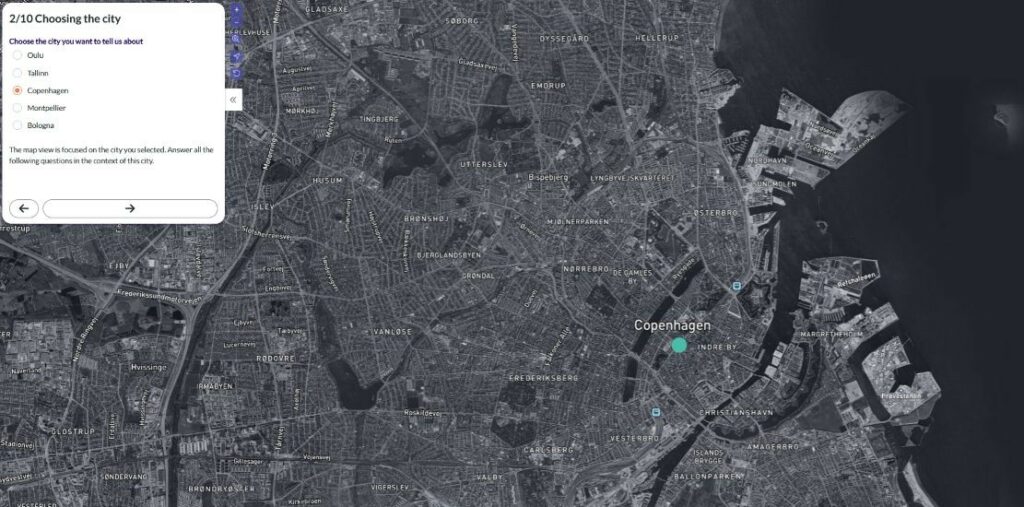
Images: © LUCI Association / Maptionnaire
